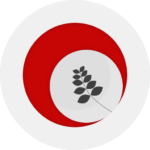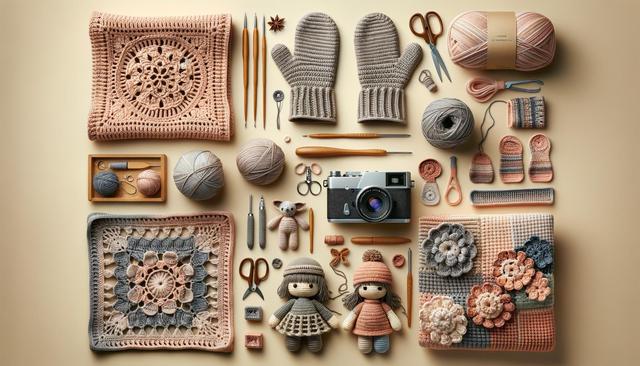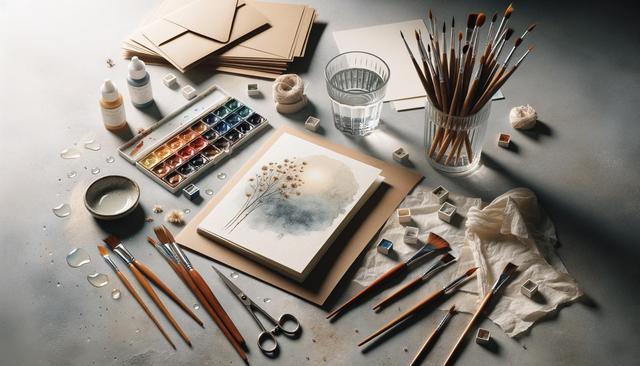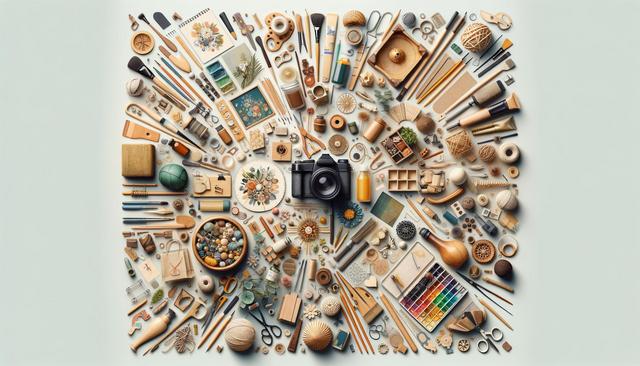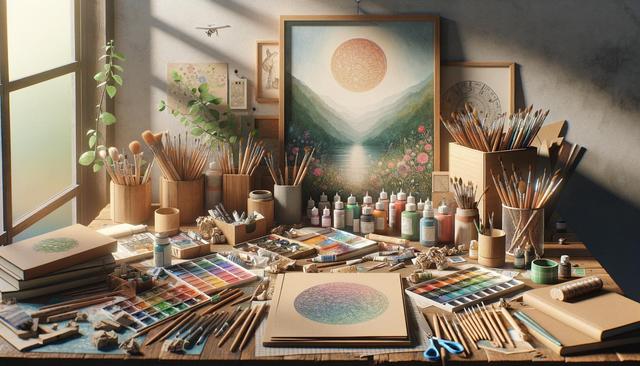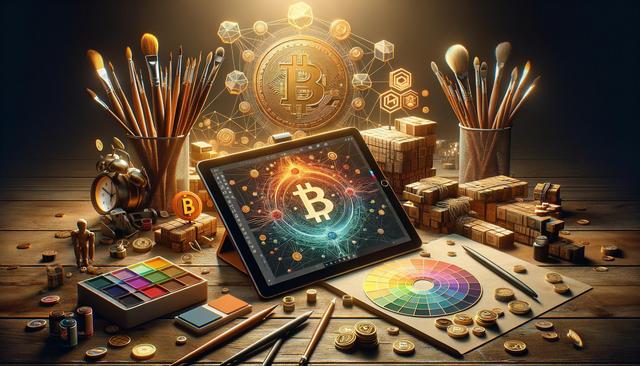Exploring the World of Mixed-Media Art and Digital Tools
Exploring the realm of mixed-media art and digital design unveils a fascinating fusion of creativity and technology.
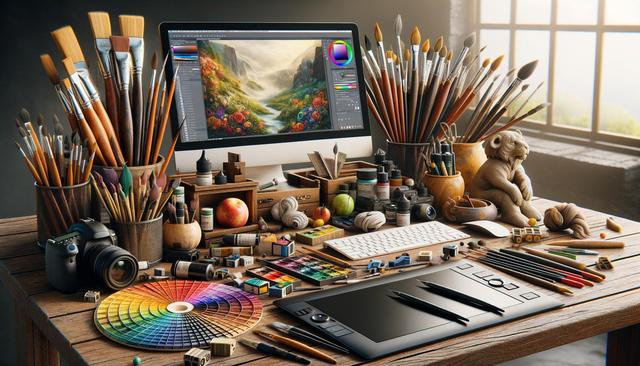
The Evolution of Mixed-Media Art
Mixed-media art has long been a captivating domain for artists seeking to push the boundaries of traditional art forms. This approach involves combining various materials and techniques to create multifaceted artworks that offer viewers a rich sensory experience. Historically, mixed-media art traces its roots back to the early 20th century with movements like Dadaism and Surrealism, where artists began experimenting with different media to break away from conventional artistic norms. This evolution has continued into the 21st century, where digital tools have further expanded the possibilities of mixed-media art.
Today’s artists are not confined to physical materials such as paint, paper, or wood. They can integrate digital elements, creating hybrid artworks that blend the tangible with the virtual. This fusion allows for a broader range of textures, colors, and dimensions, offering a unique interplay between the physical and digital realms. Moreover, digital tools enable artists to explore new techniques, such as layering digital images over traditional sketches or incorporating soundscapes into visual art pieces.
Digital Tools Transforming Art
The advent of digital tools has revolutionized the art world, providing creators with innovative ways to express their visions. Software applications, graphic tablets, and digital canvases have become essential tools for artists, allowing them to craft intricate designs with precision and ease. These tools have democratized art creation, enabling artists of all skill levels to experiment and create without the constraints of traditional media.
Some notable digital tools include:
- Graphic design software: Offers an extensive range of features for creating complex designs and illustrations.
- Digital drawing tablets: Provide an intuitive interface for artists to draw and paint digitally with natural hand movements.
- 3D modeling software: Allows artists to create three-dimensional artworks and explore spatial relationships in their creations.
The accessibility of these tools has led to an explosion of digital art forms, from digital painting and illustration to animation and interactive media. Artists can now manipulate images, animate characters, and design immersive environments, pushing the boundaries of what is possible in art.
The Intersection of Art and Technology
The fusion of art and technology has given rise to a new genre known as digital or new media art, which encompasses a wide range of practices that utilize technology as a medium. From virtual reality installations to digital sculptures, artists are leveraging technology to create experiences that challenge perceptions and engage audiences in novel ways.
This intersection has also paved the way for collaboration between artists and technologists, fostering interdisciplinary projects that blend art with fields such as computer science, engineering, and design. Such collaborations have led to cutting-edge projects like interactive installations, where sensors and software respond to viewer movements, creating dynamic and immersive experiences.
Furthermore, technology has facilitated new platforms for artists to share and monetize their work. Online galleries, social media, and digital marketplaces have made art more accessible to a global audience, allowing artists to reach new markets and connect with diverse communities.
Challenges and Opportunities in Digital Design
While the integration of digital tools in art presents exciting opportunities, it also poses distinct challenges. Artists must navigate the complexities of rapidly evolving technologies and continually update their skills to stay relevant in the digital landscape. This requires a commitment to lifelong learning and adaptability, as new tools and techniques emerge at a fast pace.
Another challenge is the preservation of digital art. Unlike traditional artworks, digital pieces are susceptible to technological obsolescence, requiring careful management to ensure their longevity. Artists and curators must consider strategies for archiving and maintaining digital works, ensuring they remain accessible for future generations.
Despite these challenges, the digital realm offers unprecedented opportunities for creativity and innovation. Artists can experiment with new forms, reach wider audiences, and engage with their work in interactive and participatory ways. This dynamic environment fosters a vibrant and diverse artistic community, pushing the boundaries of what art can achieve.
Conclusion: Embracing the Fusion
The world of mixed-media art and digital design is a testament to the endless possibilities that arise when creativity meets technology. As artists continue to explore this fusion, they are redefining the boundaries of artistic expression, creating works that captivate and inspire.
This ongoing dialogue between traditional and digital mediums enriches the art world, offering audiences diverse experiences that challenge and delight. For artists, embracing this fusion means staying open to new ideas, experimenting with different tools, and continually pushing the limits of their craft. In doing so, they contribute to a thriving and dynamic artistic landscape that celebrates both innovation and tradition.
